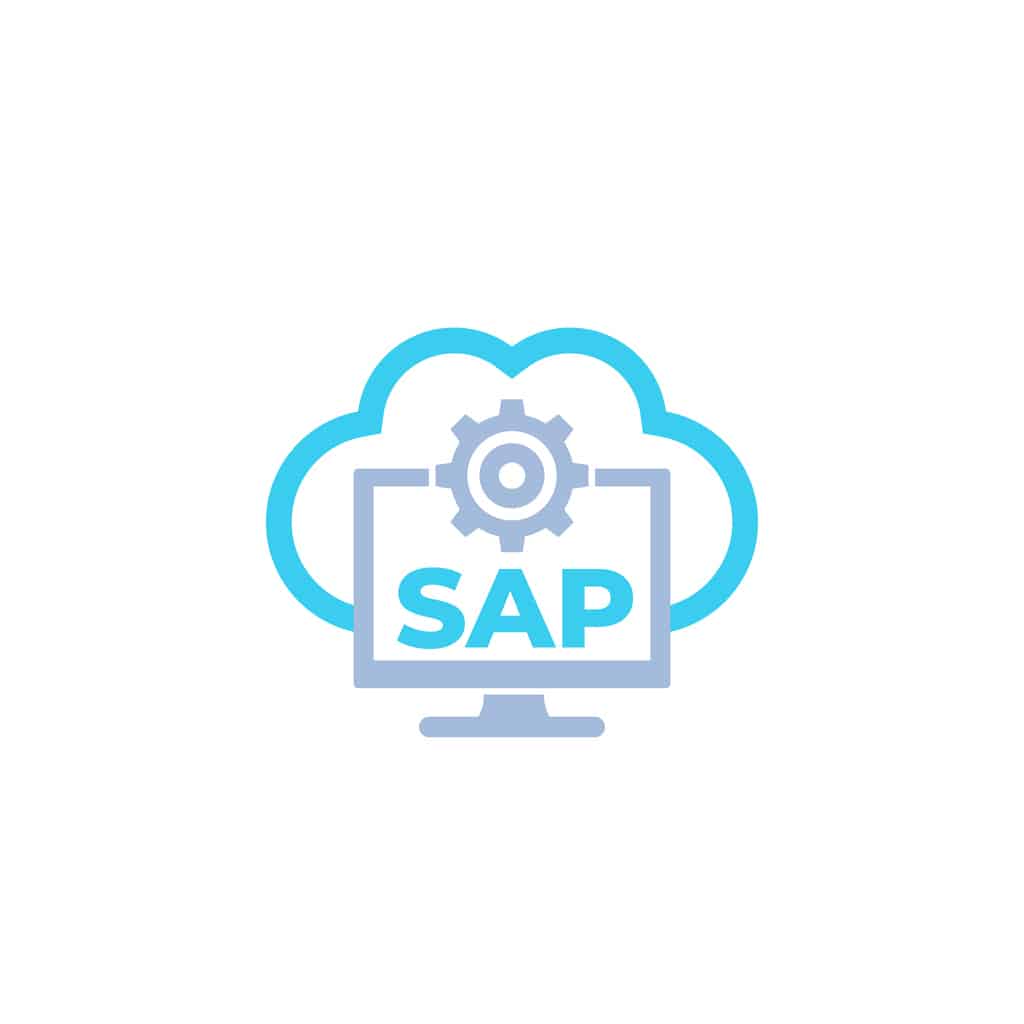In the coming months, you’re going to hear a lot from SAP regarding their view on cloud solutions and how those cloud solutions should be viewed.
Bear in mind of course that SAP as a vendor will take a view that is most likely aligned to what is best for SAP and is not necessarily a view that would be shared by independent analysts and technologists.
In this series of blog posts, we will take a look at the current status of the SAP Solution stack, look at the future and what it may look like, and try to provide our view and guidance on how partners and customers should see these options when evaluating the next 10 years of their IT and application strategy.
A Quick Cloud Providers Definition Review
In order to have this discussion, we need to start off by clarifying a couple of terms that people use when discussing cloud providers. You hear a lot about hyper scalers, private cloud, public cloud and now hybrid cloud.
Each of these relates to either a business model, an architectural approach or a security model. For example:
Hyper Scaler is a company such as Amazon Web Services or Microsoft Azure where (in theory) the ability for a customer using their platform can scale (grow) infinitely as theoretically there is no limitation to the availability of infrastructure that these companies provide – this is not necessarily accurate as during the recent pandemic there were situations where it was not possible to sign up for certain deployments as the infrastructure was not available. So being a hyper scaler is really about the business model and we will talk more about this as we go forwards.
Private Cloud is an architectural model; customers can deploy a private cloud model on a hyper scaler such as AWS or Azure where the infrastructure they purchase is only accessible by them and is fully managed for them either by internal or external IT resources. The whole concept behind private cloud is exactly that – it is accessible only to a very limited and controlled set of users and administrators.

Public Cloud is an IT model where infrastructure is managed by a third-party provider and is accessible over the internet to multiple customers. Just to confuse the issue, both public cloud and private cloud IT models can be deployed on hyper scalers. However, traditionally with public cloud, it is based on a concept where the usage is flexible and can be easily increased or decreased on demand as a customer’s requirements change.
Hybrid Cloud seems to be the newest of these models which is based on utilising a mix of infrastructure in the cloud, either public or private, and on-premises infrastructure, and seems to be the common model that most organisations are utilising today. To give you an example, if you are using Office 365 but you’re running your SAP Business One on a server in your office but you send emails from SAP via Office 365, then you can comfortably say that you’re using a hybrid cloud model.
Coming Up Next
So now we have those definitions out of the way, we can talk about the advantages and disadvantages of these models and we will fundamentally focus on using a hyper scaler vs a public cloud model as we believe this will cover most usage scenarios and help you understand which one would be better for your organisation.
Join us in this series as we discuss deploying cloud provider solutions with a hyper scaler and use our experience to guide the discussion.

